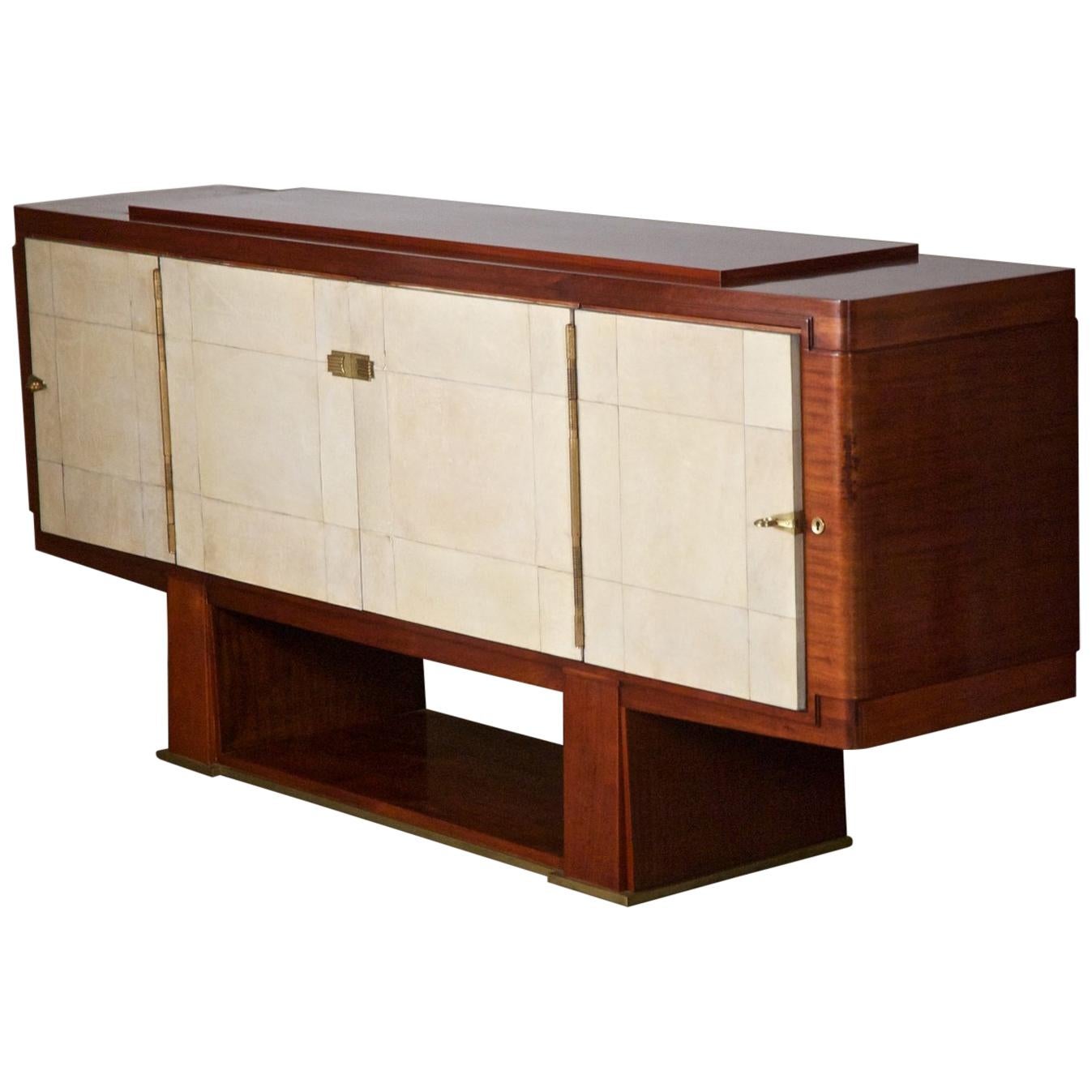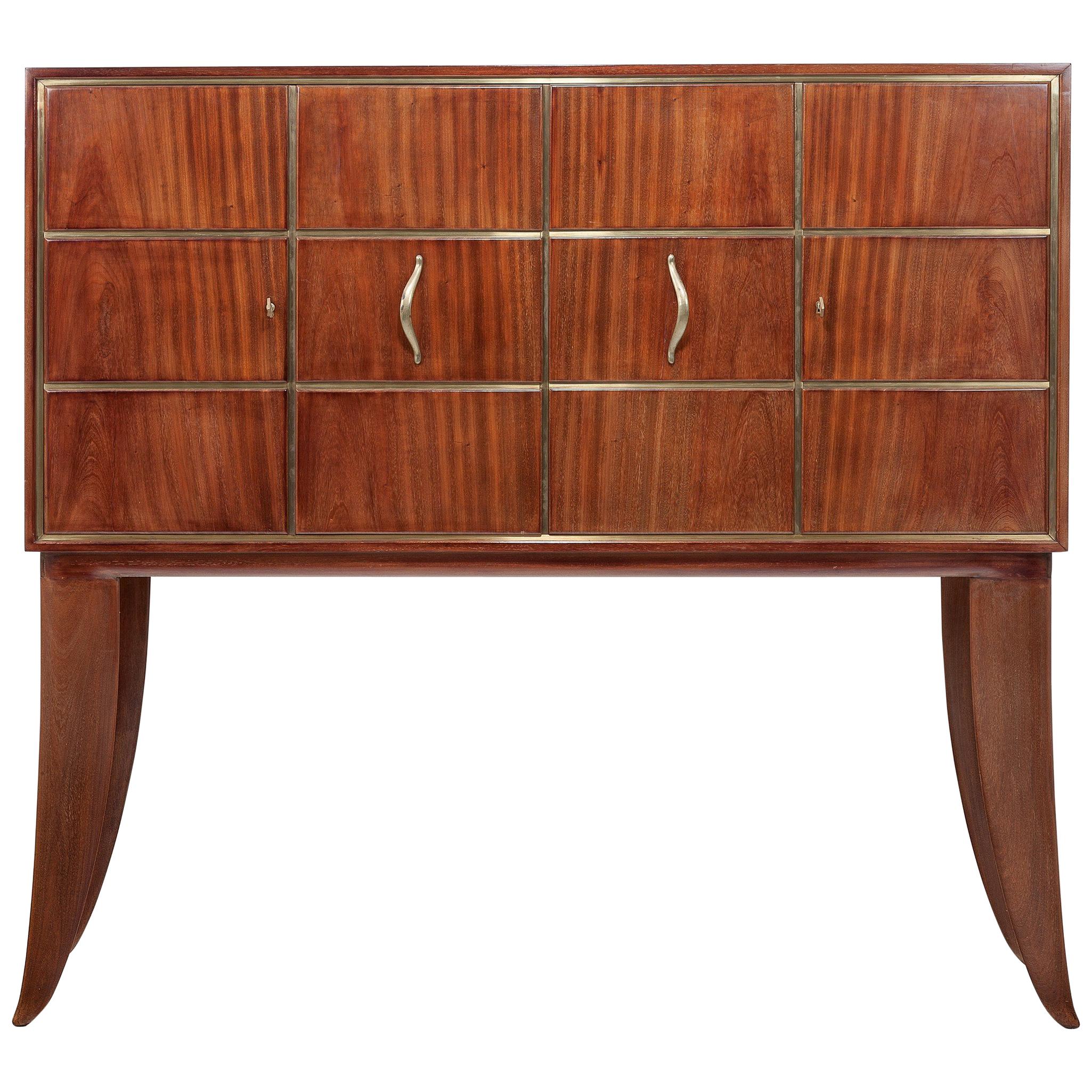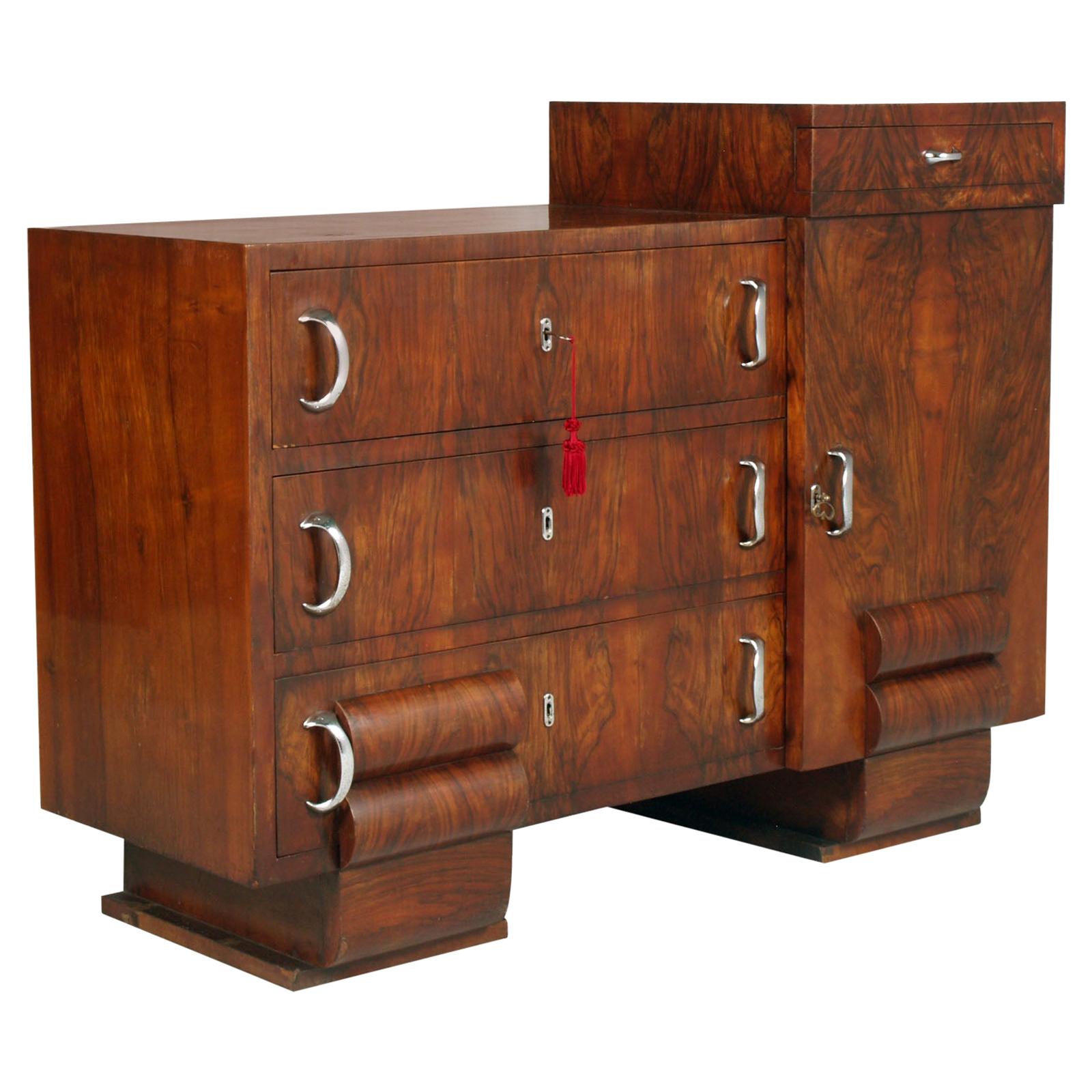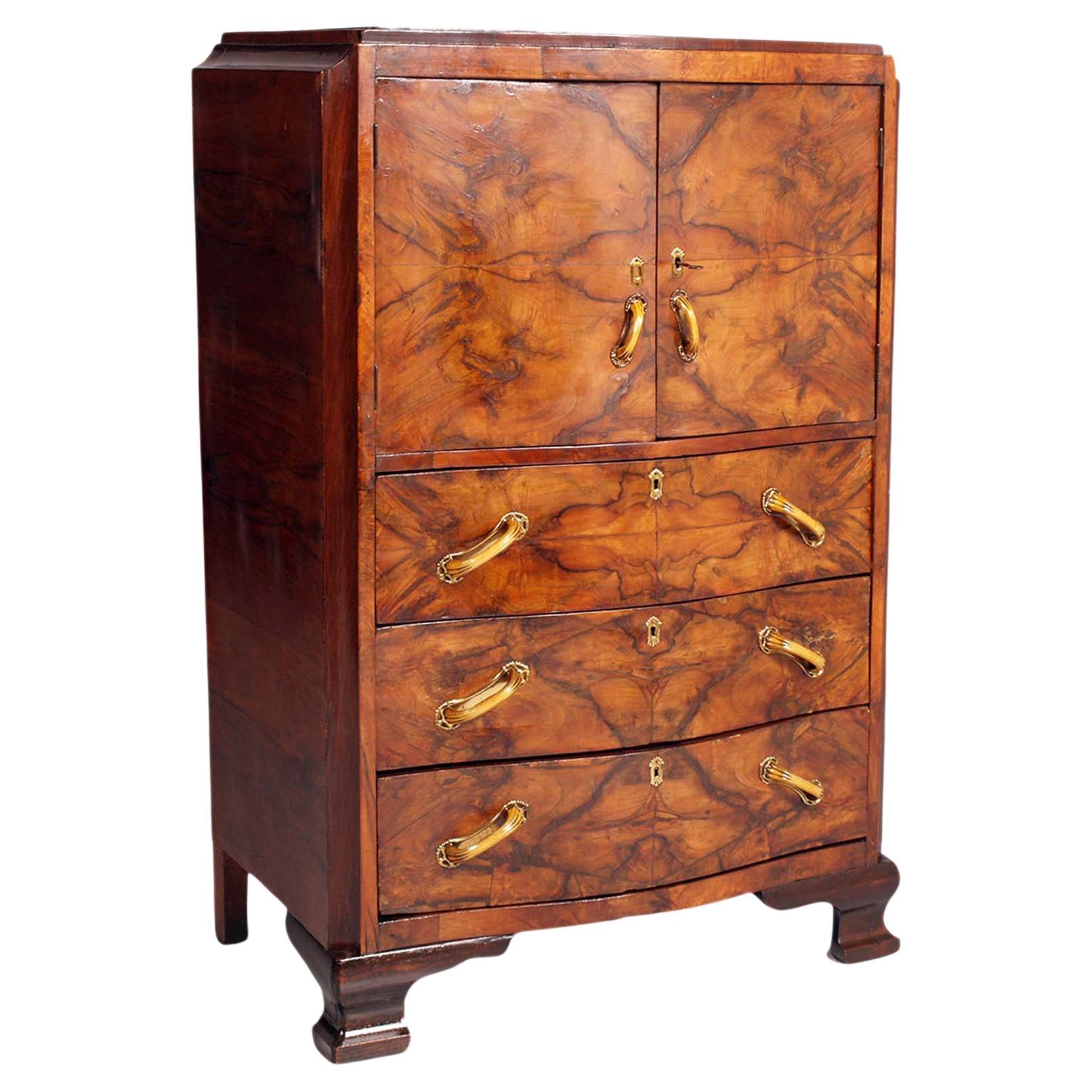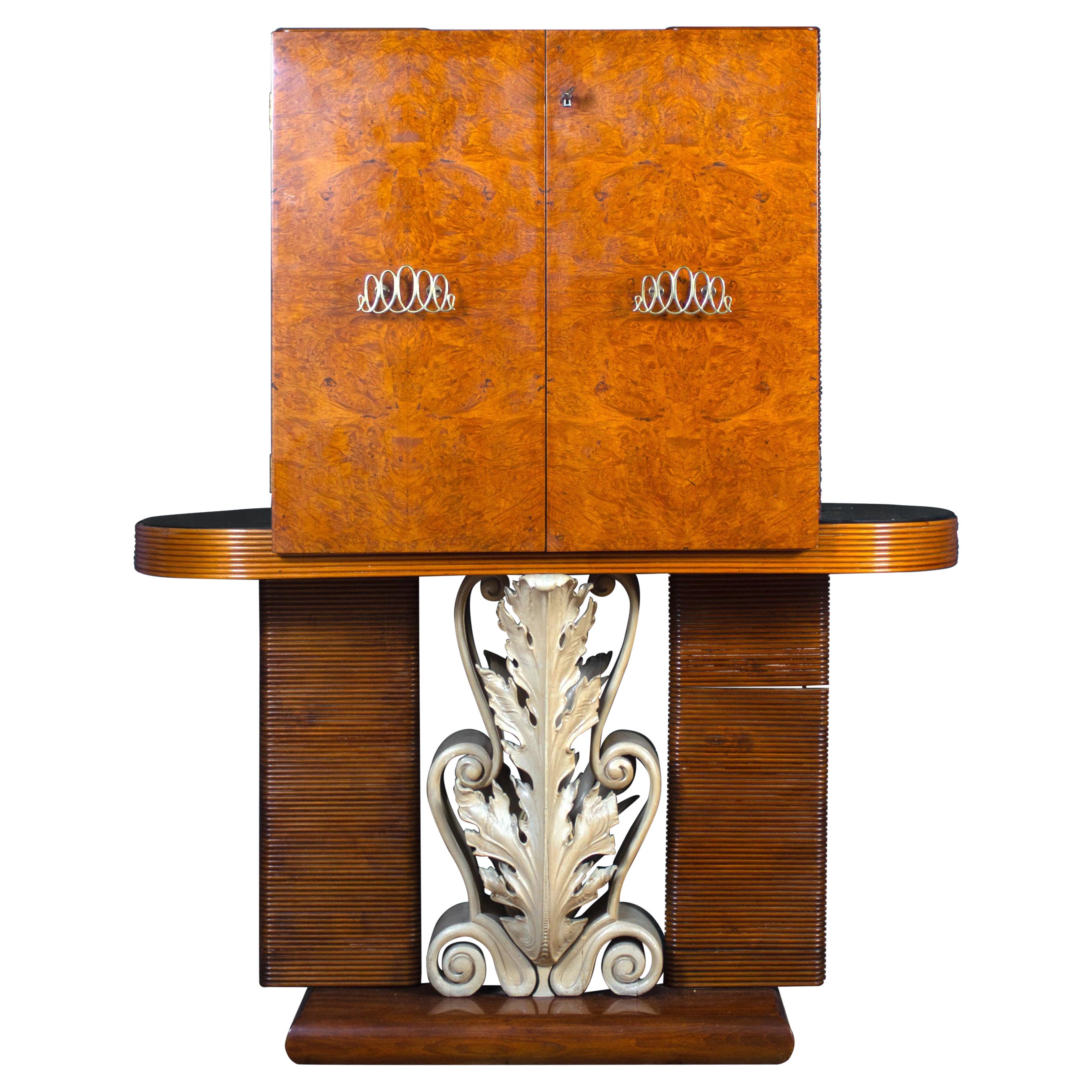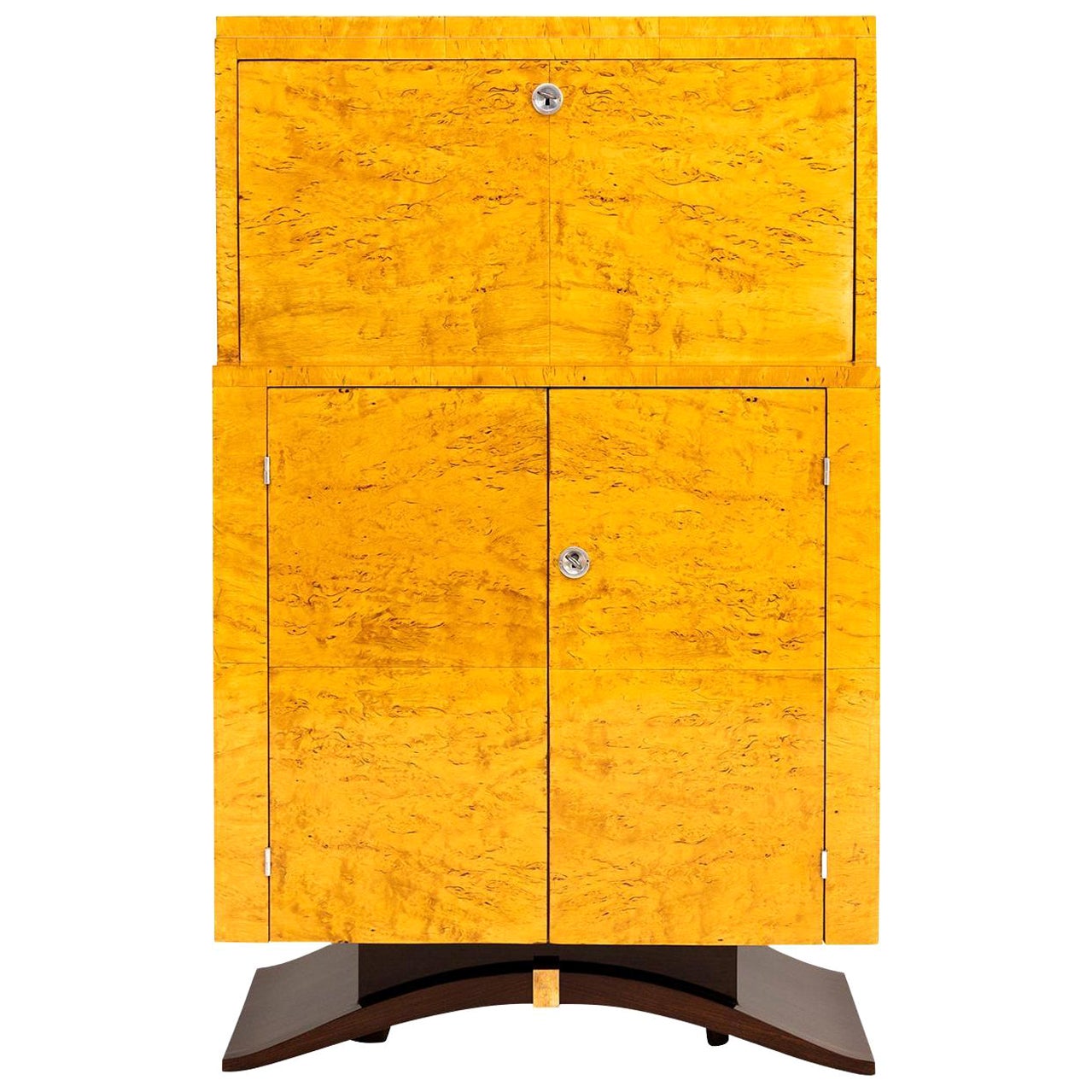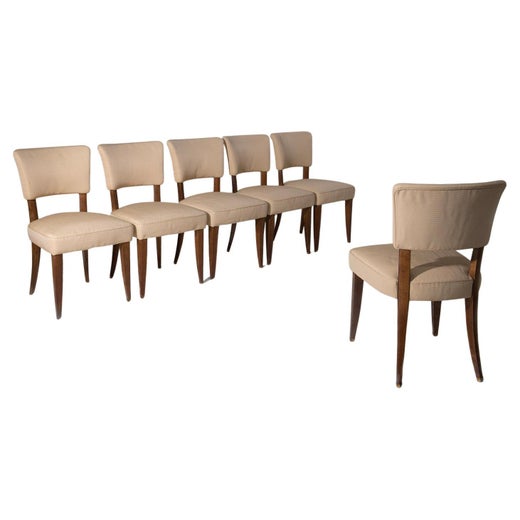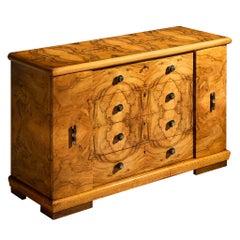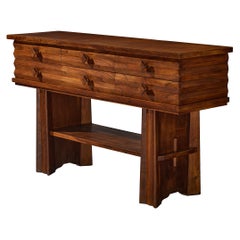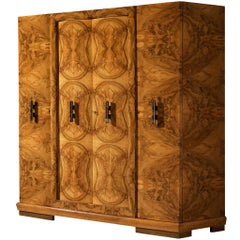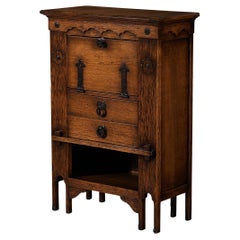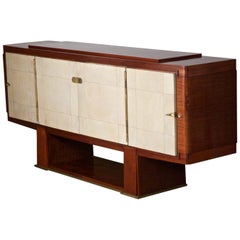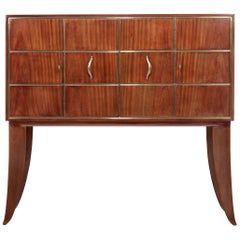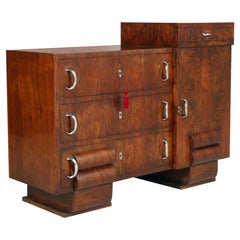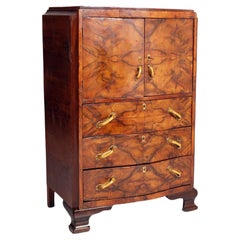Guglielmo Ulrich for Ar.Ca Milano Bar Cabinet in Parchment and Wood
Informazioni sull’articolo
- Creatore:Guglielmo Ulrich (Designer)
- Dimensioni:Altezza: 116,5 cm (45,87 in)Larghezza: 127 cm (50,01 in)Profondità: 40 cm (15,75 in)
- Stile:Art Déco (Del periodo)
- Materiali e tecniche:
- Luogo di origine:
- Periodo:
- Data di produzione:1930s
- Condizioni:Usura compatibile con l’età e l’utilizzo. Every item Morentz offers is checked by our team of 30 craftspeople in our in-house workshop. Special restoration or reupholstery requests can be done. Check ‘About the item’ or ask our design specialists for detailed information on the condition.
- Località del venditore:Waalwijk, NL
- Numero di riferimento:Venditore: 501172481stDibs: LU933147022212
Guglielmo Ulrich
Il designer di mobili Guglielmo Ulrich è nato a Milano da una famiglia di origini danesi. Dopo aver completato gli studi presso l'Accademia di Brera, la Scuola Speciale di Architettura e il Politecnico di Milano nel 1927, lo status di Ulrich salì rapidamente negli ambienti dell'alta società, poiché si era fatto una reputazione per la creazione di interni eleganti per una serie di clienti commerciali e privati. L'architettura e il design dei mobili a Milano si stavano evolvendo in quel periodo a causa dell'industrializzazione e il lavoro di Ulrich modernista era visto come fresco e lungimirante.
Nel 1930 Ulrich fondò l'azienda di arredamento ARCA, acronimo di Arredamento Casa, con i colleghi Attilio Scaglia e Renato Wild. Insieme crearono una piattaforma per i disegni di Ulrich, che erano molto diversi dai tipici arredi che si trovavano in Europa all'epoca.
Ulrich prediligeva le linee semplici - gambe affusolate di tavoli e sedie, silhouette snelle - e i contorni aggraziati delle sue consolle e sedie da pranzo sono rappresentativi di un tentativo di snellire le forme neoclassiche. Creò mobili e accessori per la casa lussuosi ma pratici, caratterizzati dall'enfasi sull'artigianato e dall'integrazione di materiali esotici come il legno ebanizzato, il vetro opalino e il marmo verde. I disegni di Ulrich erano molto in linea con quello che oggi conosciamo come stile Art Deco, che fu ufficialmente presentato al mondo nel 1925 alla Exposition Internationale des Arts Décoratifs et Industriels Modernes di Parigi. Collaborò con il leggendario architetto e designer Gio Ponti sui disegni per un hotel alla fine degli anni '30 e fu coeditore della rivista Domus di Ponti con l'architetto milanese Melchiorre Bega.
Negli anni '50 Ulrich si era affermato come uno dei designer milanesi più influenti, partecipando alla progettazione di case, immobili commerciali e altro ancora. Nel 1961 vinse il premio della Fiera di Trieste per la sua sedia leggera Trieste, una seduta che aveva in comune con l'iconica sedia Superleggera di Ponti ed era prodotta da Saffa.
Trova sedute vintage di Guglielmo Ulrich, tavoli e armadi su 1stDibs.
Fondata nel 2006, Morentz ha un team di circa 55 restauratori, tappezzieri, consulenti d'interni e storici dell'arte, che la rendono una galleria d'arte, officina e studio di tappezzeria, tutto in uno. Ogni giorno, una serie accuratamente selezionata di mobili del XX secolo arriva da tutto il mondo nel magazzino dell'azienda, dove il team esamina accuratamente ogni pezzo per determinare quali sono gli eventuali interventi da effettuare. Che si tratti di una nuova tappezzeria o di un restauro completo, l'obiettivo di Morentz è sempre quello di onorare le intenzioni del designer e soddisfare i desideri del cliente. Il team è in grado di affrontare qualsiasi sfida, dal restauro di un singolo pezzo al suo splendore originale all'arredamento di un progetto alberghiero su larga scala.
- SpedizioneRecupero del preventivo…Spedizione da: Waalwijk, Paesi Bassi
- Politica di reso
Altro da questo venditore
Mostra tuttoVintage, Anni 1930, Italiano, Art Déco, Comò e cassettiere
Ottone
Vintage, Anni 1930, Italiano, Art Déco, Stipi
Castagno
Vintage, Anni 1930, Italiano, Art Déco, Armadi e guardaroba
Metallo, Ottone
Vintage, Anni 1930, Italiano, Art Déco, Mobili contenitori
Ferro
Vintage, Anni 1930, Italiano, Art Déco, Mobili contenitori
Metallo, Ferro
Vintage, Anni 1950, Italiano, Mid-Century moderno, Mobili contenitori
Ottone
Ti potrebbe interessare anche
XX secolo, Francese, Art Déco, Mobili contenitori
Palissandro
Vintage, Anni 1940, Italiano, Mid-Century moderno, Mobili bar
Legno
Metà XX secolo, Italiano, Art Déco, Comò e cassettiere
Nodo
Inizio XX secolo, Italiano, Art Déco, Mobili contenitori
Noce
Metà XX secolo, Italiano, Mid-Century moderno, Stipi
Legno
Inizio XX secolo, Francese, Art Déco, Mobili contenitori
Metallo, Cromo
